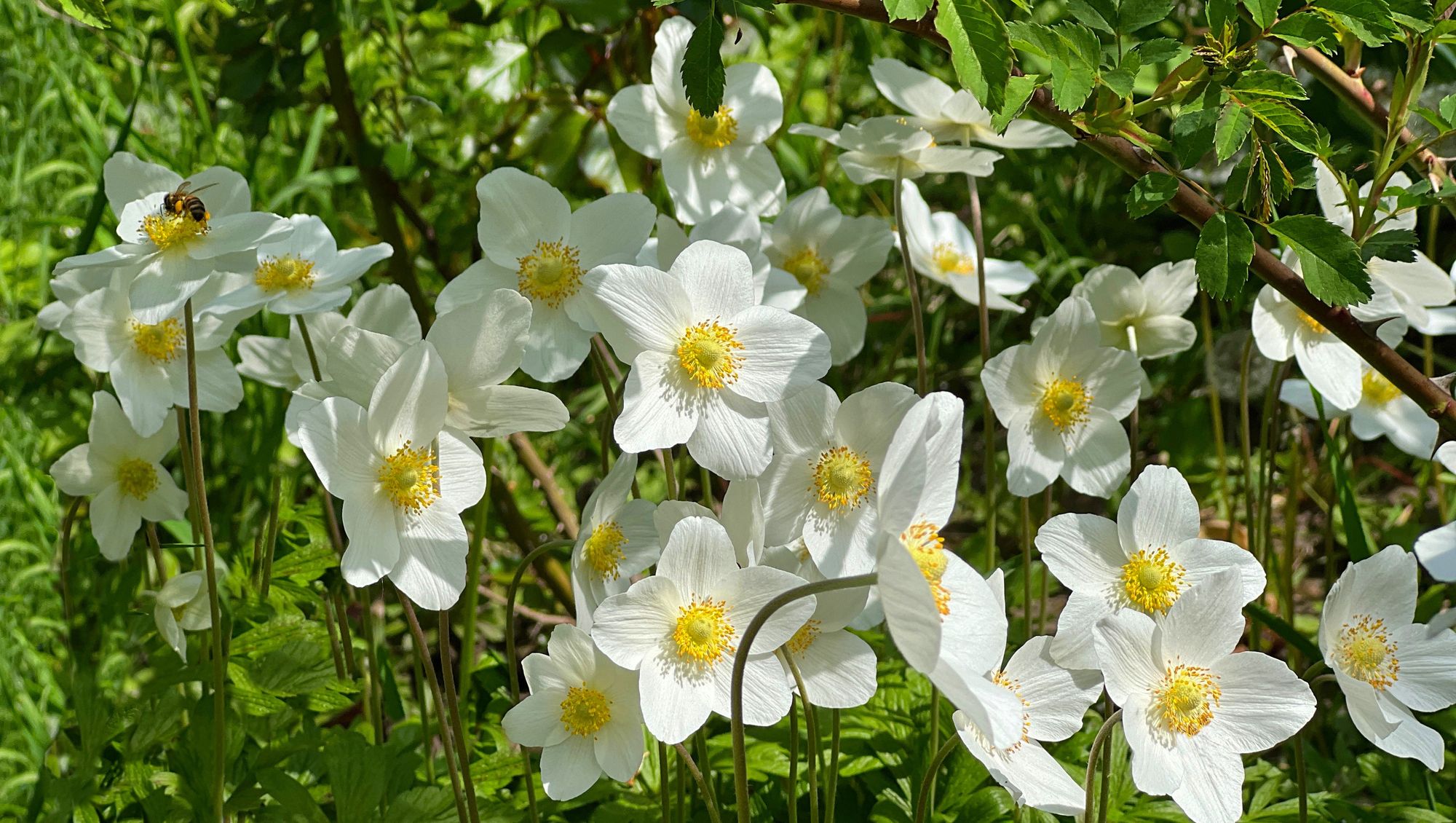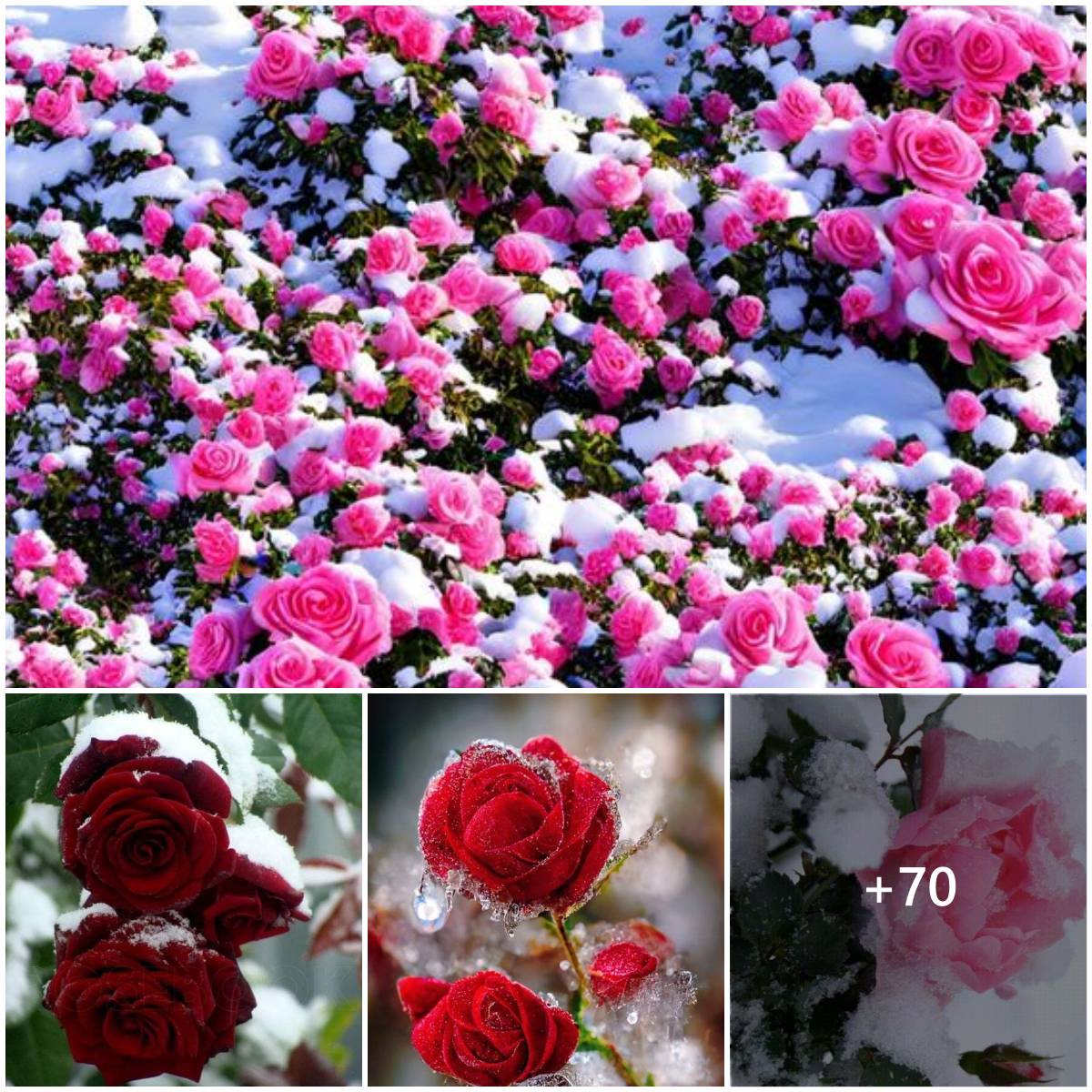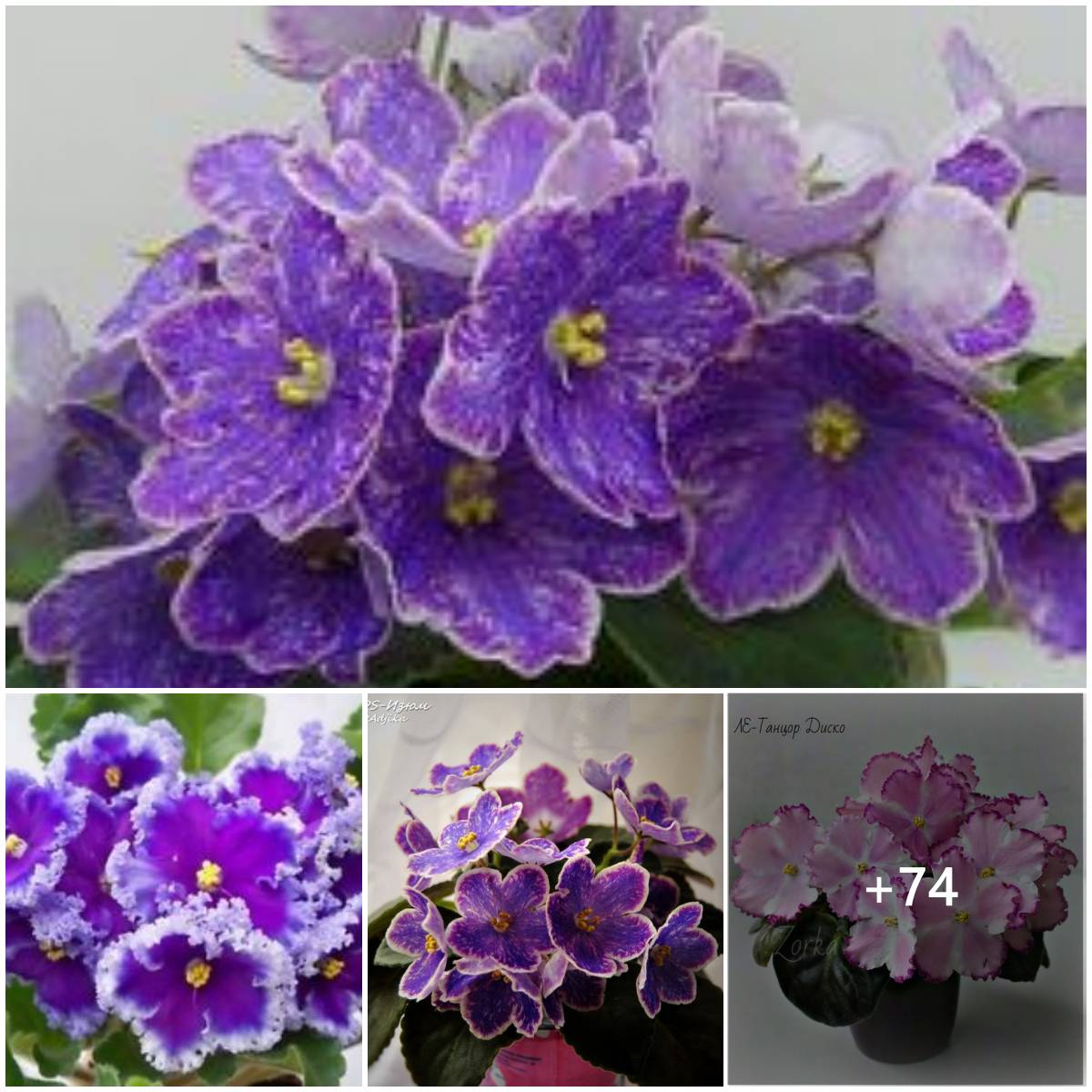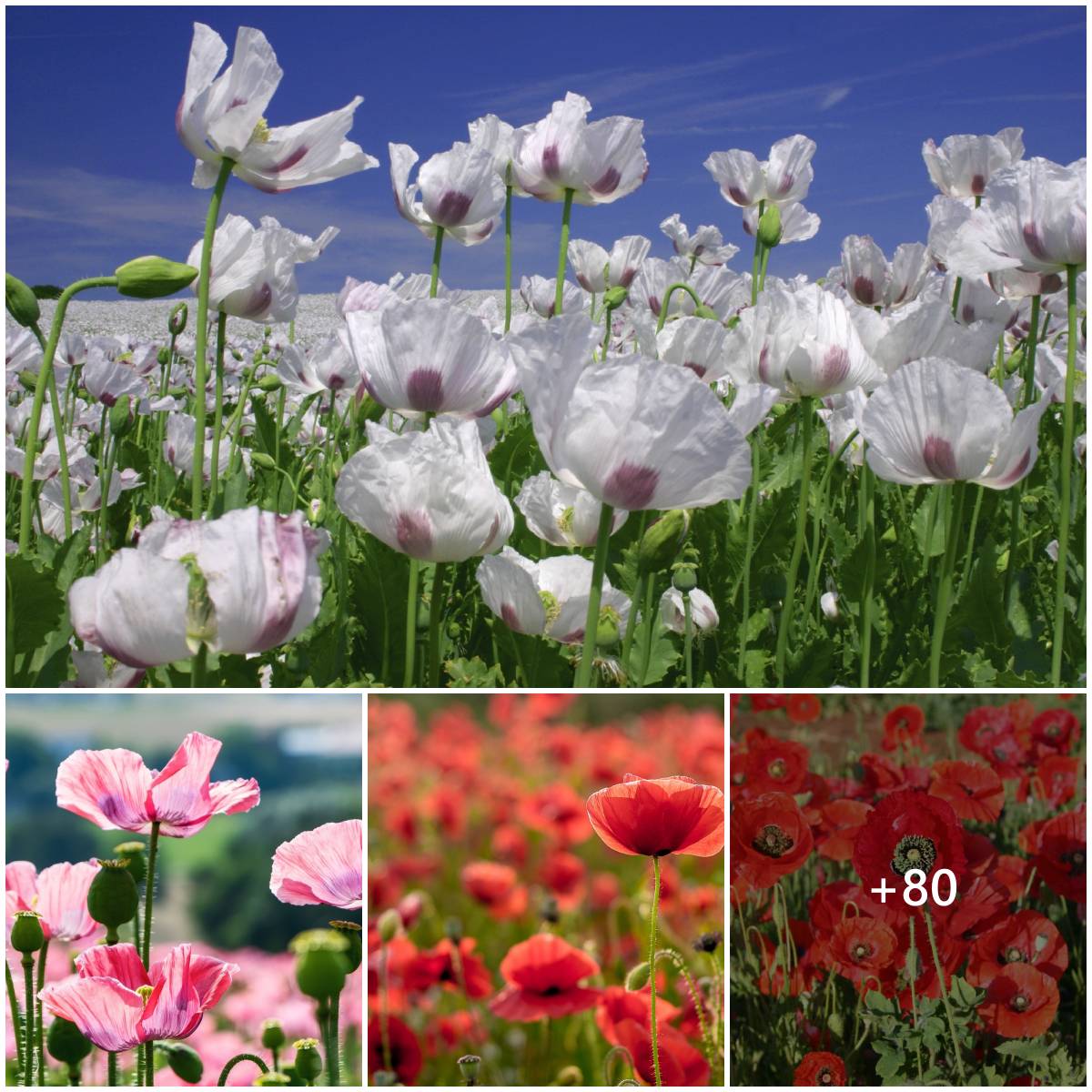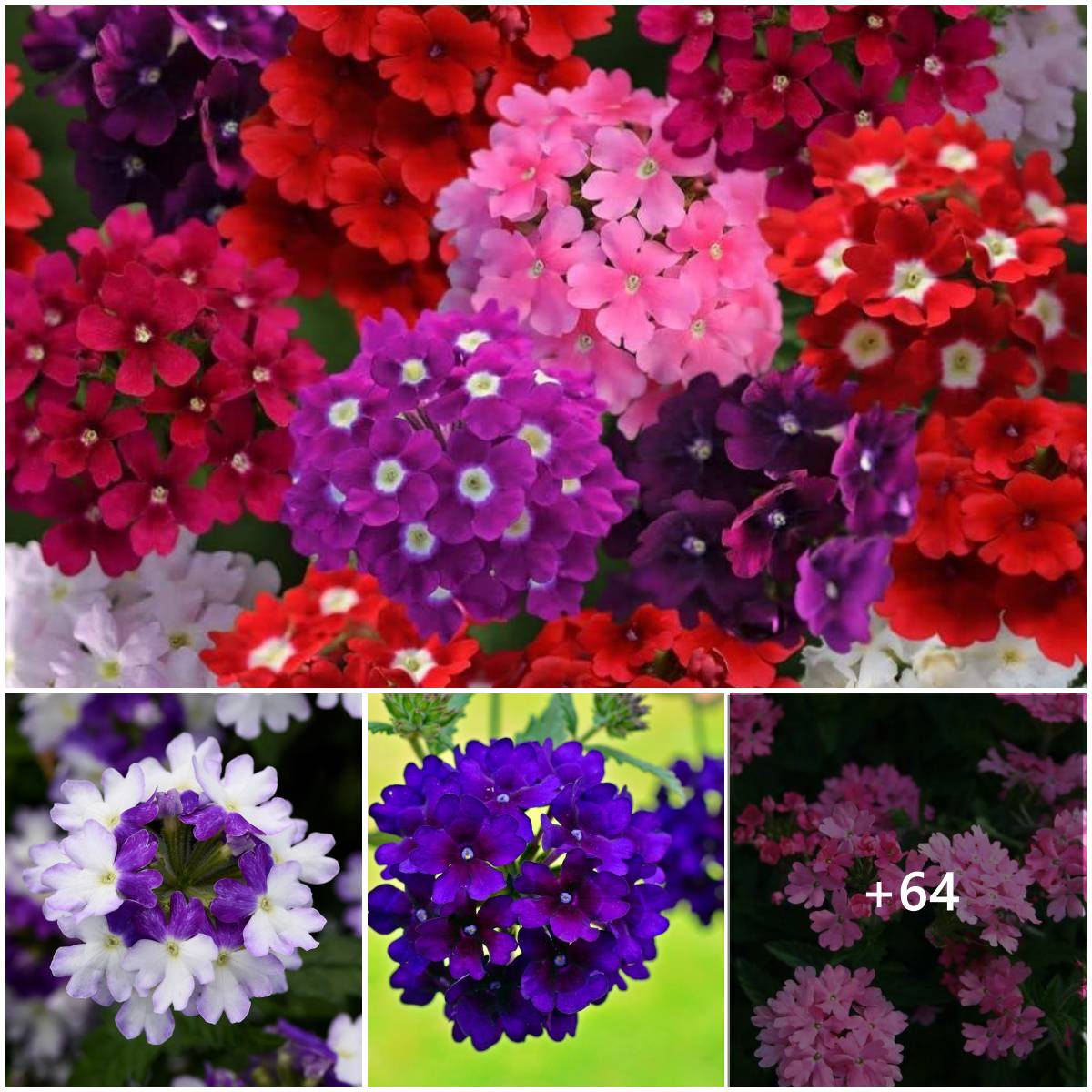There are few perennial blooms as striking as anemones. With vibrant centers and colorful petals, these plants can add both height and color to any landscaping design. There are even certain varieties that do best in pots and flower boxes if you’re short on space. These low-maintenance blooms require ample sun and regular watering, but other than that they’re pretty hands-off. However, there are still some care tips to make note of if you’re planning on adding these flowers to your to-grow list for the upcoming season. Read on for the best care tips for anemone flowers.
Anemone blanda
This is a hardy anemone type that’s great for beginners as it adapts well to most outdoor environments.
Anemone coronaria
This type has poppy-like blooms with black centers and is popular in floral arrangements.
Anemone hupehensis var. japonica
Japanese anemone blooms abundantly from midsummer to late fall and are a great fall alternative to mums.
Anemone sylvestris
This plant is an early spring bloomer that is shorter than other varieties, so place it at the front of your landscaping for it to be seen.
Pruning Anemones
While pruning isn’t necessary for anemone care or overwintering, it can help keep the aesthetic of your garden looking neat after the growing season is over. You’ll want to cut back as much as you can (but leave little stalks) to clean up dead growth during the winter.
Propagating Anemones
Propagating anemones isn’t done like your typical houseplant care, but it is possible to promote new growth by digging up the tubers, dividing them, and then replanting. If you’re propagating to store your anemone roots over the winter season, store them in a cool and dry place and only replant once you’re sure the frost is done.
- Dig up the tubers or individual root clusters.
- Divide them in half with a clean, sanitized knife or scissors.
- Replant the separated root clusters as normal and proceed with regular care.
Potting and Repotting Anemones
If you would prefer to plant your anemone flowers in flower boxes, planters, or elsewhere (not in the ground), use a large pot filled with potting soil and compost. (If you’re interested in making your own compost, we recommend trying one of these HB-approved composters.)
Note that potted anemones need a winter chill period, so you’ll need to make sure to store them in an unheated greenhouse or another area where they can be overwintered.
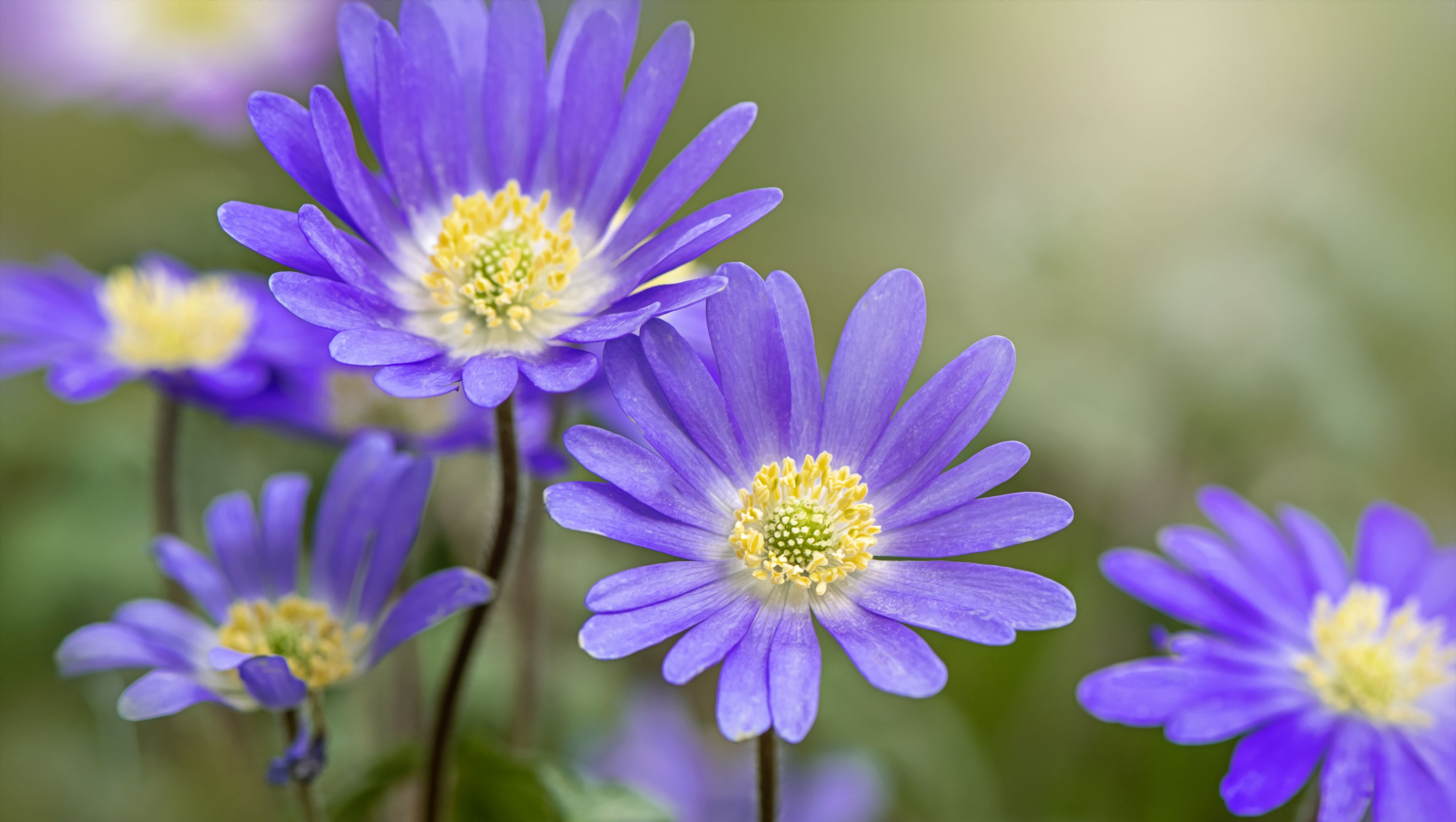 Jacky Parker Photography//Getty Images
Jacky Parker Photography//Getty Images
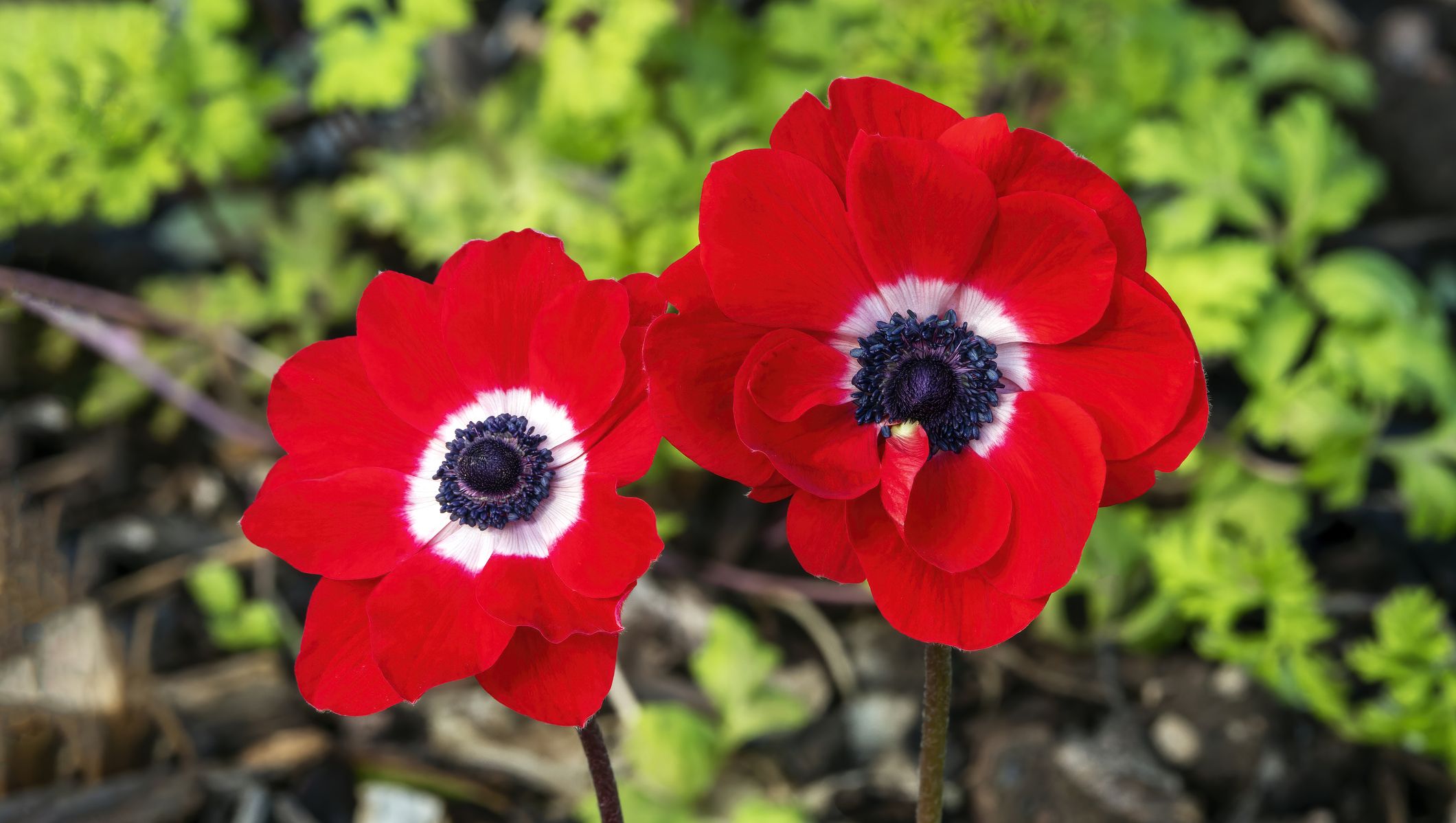 TonyBaggett//Getty Images
TonyBaggett//Getty Images
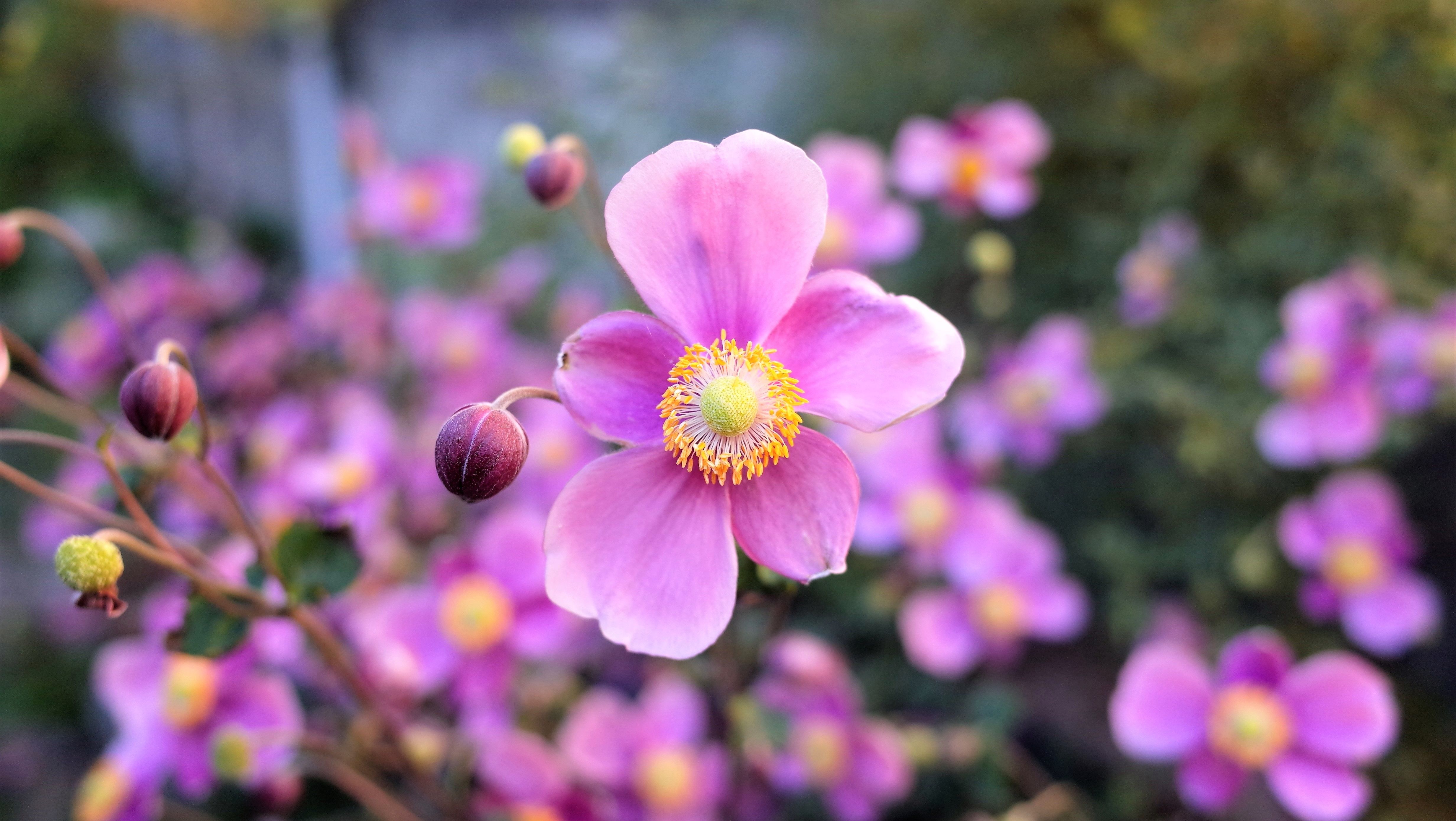 polygonplanet//Getty Images
polygonplanet//Getty Images
